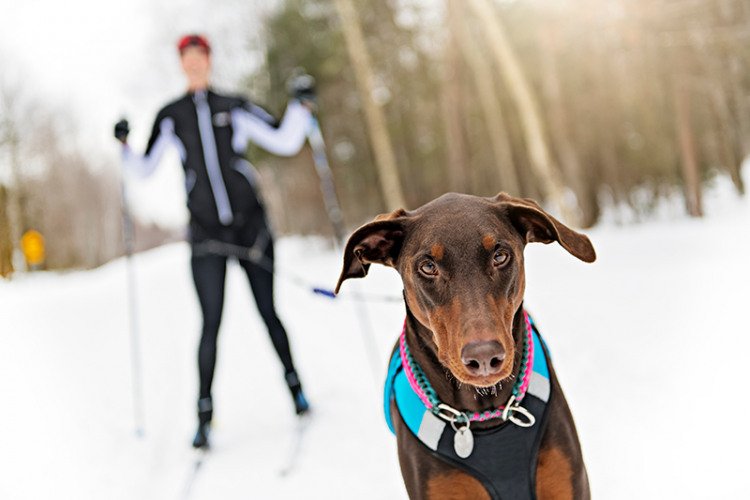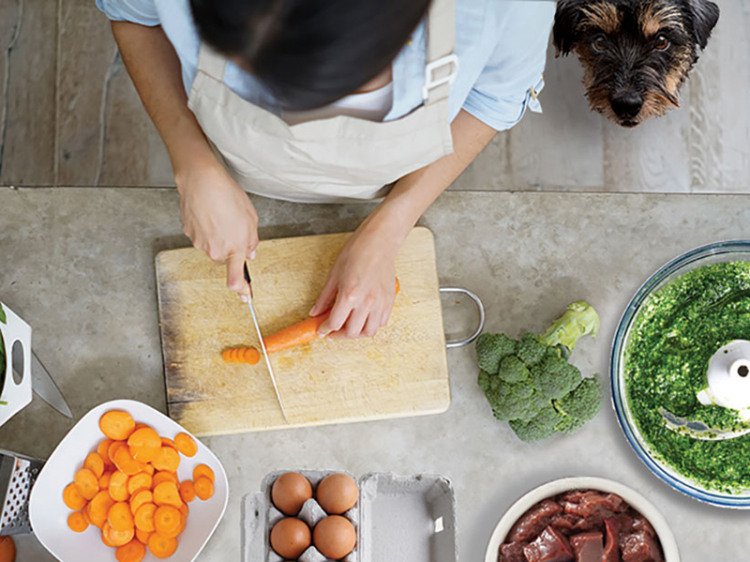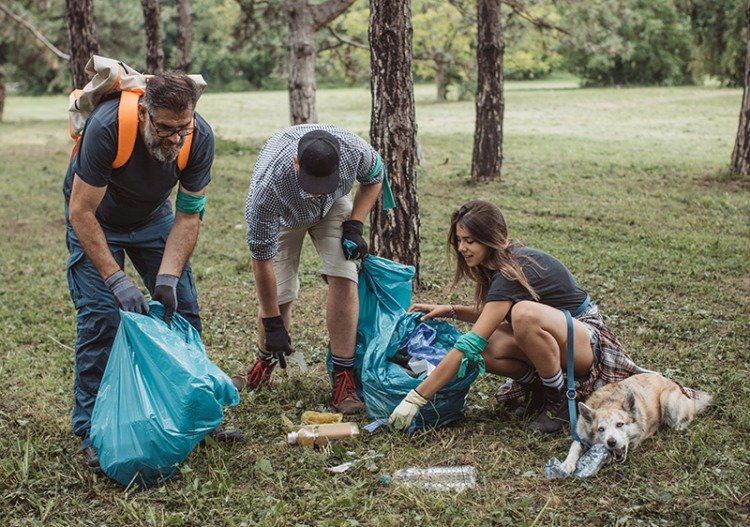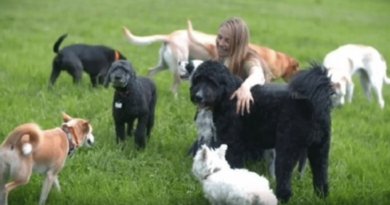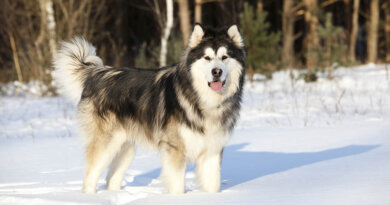10 Resolutions to Make Your Dog Happy
Resolution time is once again upon us. After a year as traumatic as 2020, it may be worthwhile to reflect on improvements and changes at a more personal, down-to-the-dog level. Keeping our goals simpler and closer to home might make it easier to achieve them, too.
We tapped our colleagues and dog pals for their resolution ideas. Here are a few of our favorites.
1. Volunteer with animal shelter, a dog rescue group or a neighbor. Check in with your local animal shelter and ask how you can help; most have dog-walking or other programs to give dogs one-on-one time in and out of their kennels. Many rescue groups depend on a network of foster caregivers to get dogs ready for their forever homes; step up and give fostering a whirl. Or, do you have a dog-owning neighbor (senior or otherwise) who’s under strict stay-at-home orders? Ask if they’d like you to walk their dog.
2. Teach your dog something new. Practical skills such as how to walk nicely on a leash, wait at the door or hold a solid stay all pay big dividends. Or, for more shared playtime, teach your dog a new game you can play together; fetch, tug, find it, hide and seek, and chase games are all options (match the game to your dog’s inclinations).
GET THE BARK IN YOUR INBOX!
Sign up for our newsletter and stay in the know.
3. Practice mindfulness. Unlike us, dogs don’t ruminate about the past or worry about the future. Take your dogs for long walks and follow them into their here-and-now, sensory world. They’ll show you how to be mindful and live in the moment.
4. Tackle a new skill with your dog. This might be your year to try out skijoring, snowshoeing or running—invigorating and beneficial for both you and a dog’s wellbeing.
5. Work out with your dog. You’ll be surprised to learn how many exercise routines you can do together with your dog, from simple to yoga stretches to advanced dance steps.
6. Cook for your dog. Though the end of the pandemic is in view, it will probably be months (at least) before our lives return to anything approaching normal. Most likely, we’ll continue to spend a lot of time at home. So now’s a good time to re-evaluate how you feed your dog. Even if you don’t go whole hog (sorry about the pun) into home-cooking all your dog’s meals, you can add nutritious toppers to your dog’s kibble without breaking much of a sweat.
7. Live more simply. Hop on the growing “buy-nothing” bandwagon and declutter and uncomplicate your life by giving away things you don’t use and not purchasing new stuff. It’s not just good for your bank account, but for the planet, too. Luckily, dogs don’t clamor for the latest video game or a new pair of rad sneakers. Their needs are quite simple: a good collar, a comfy bed and regular meals (home-cooked, even better). When it comes to toys, though, dogs do seem to take pleasure in the new, but you can easily DIY playthings and enrichment toys from socks, tee-shirts or other too-worn-to-use fabrics. Or, trade toys with a dog-loving friend; that way, both your friend’s dog and your own will have something new to fascinate them.
8. Get involved in your community. See if your city/town has programs for citizen gardening, tree and native vegetation planting, or even project planning. Is your town thinking of developing a new dog park, or building a new animal shelter? Let your voice be heard by Zooming into local government meetings. Take a seat at the table where decisions are made that affect you, your dog and your community. For more boots-on-the-ground civic engagement, carry a grabber or gloves and a trash bag on your dog walks and pick up litter, sign up for your local dog park’s clean-up day, or carry spare poop bags and collect “forgotten” piles on trails, sidewalks and other pathways.
9. Turn off your cell phone. No more tuning out on walks. Take advantage of these regular outings to engage with your dogs; they thrive on your attention.
10. Learn how to do a DIY physical exam on your dog. Shea Cox, DVM, provides simple-to-follow instructions. Practice when your dog’s in good form so you know what’s normal, which will make detecting changes easier in the future. (Wonder what kind of resolutions a vet might suggest? Dr. Cox shares hers here.)


